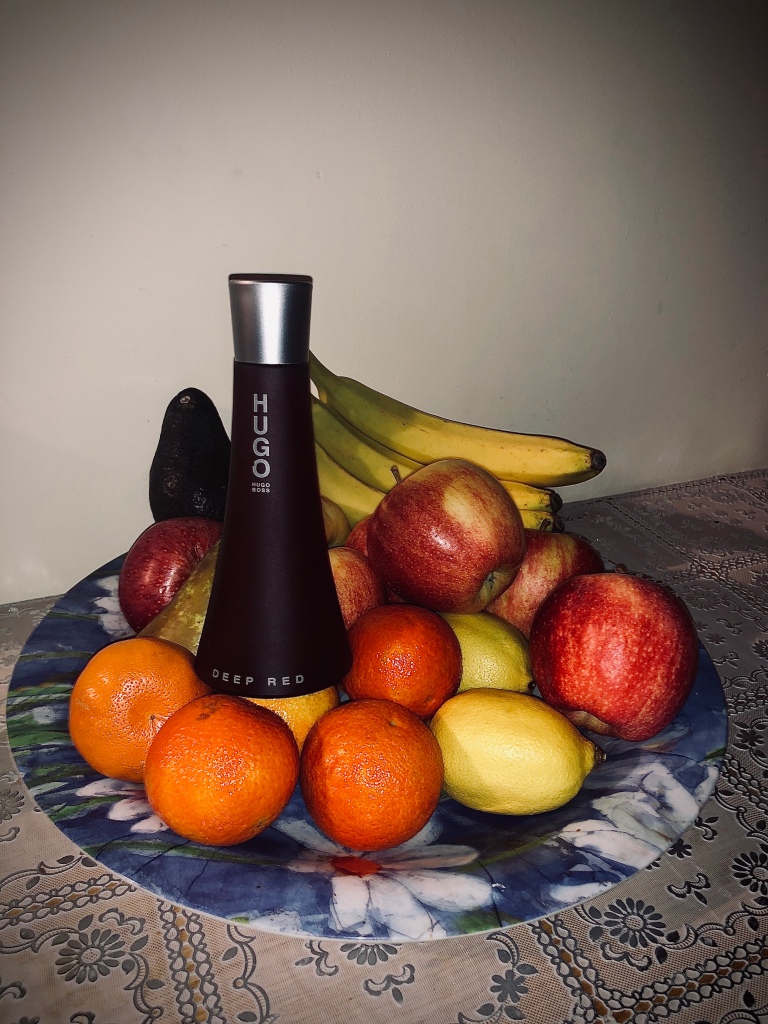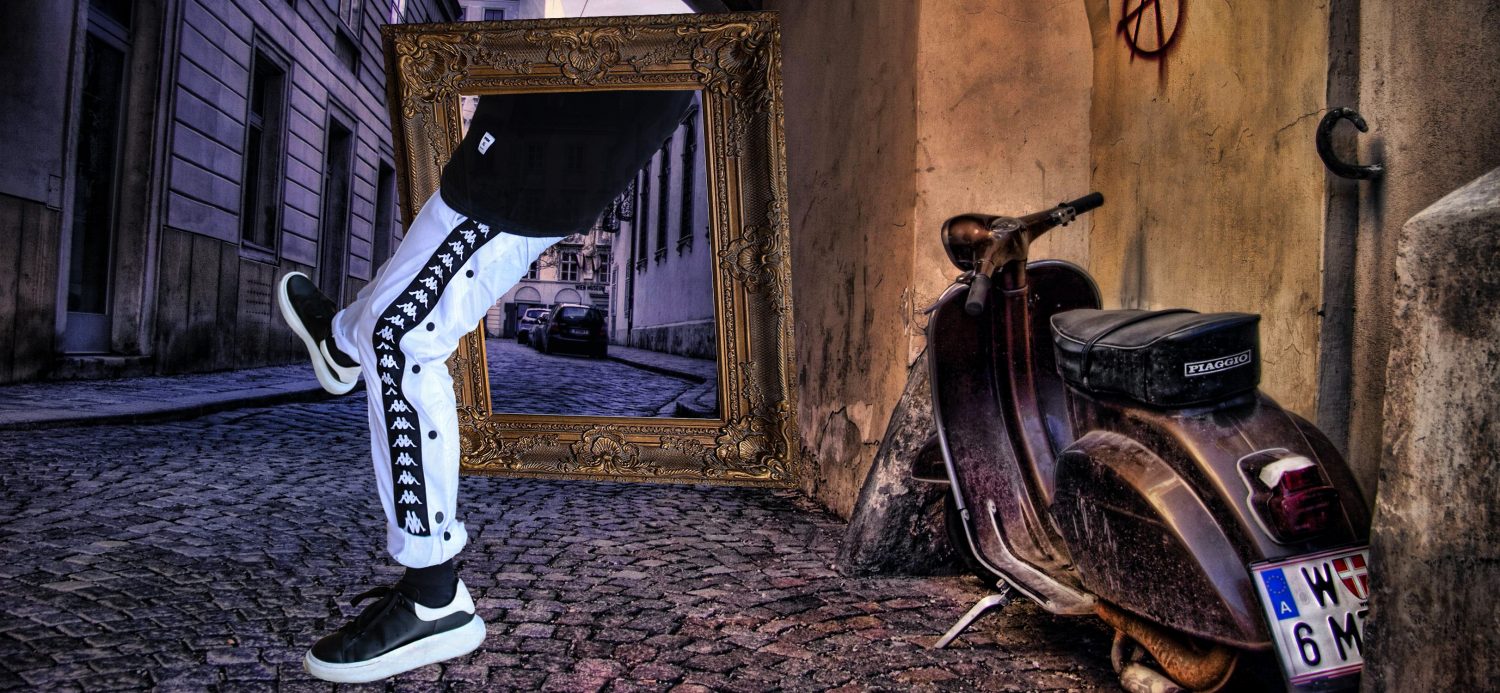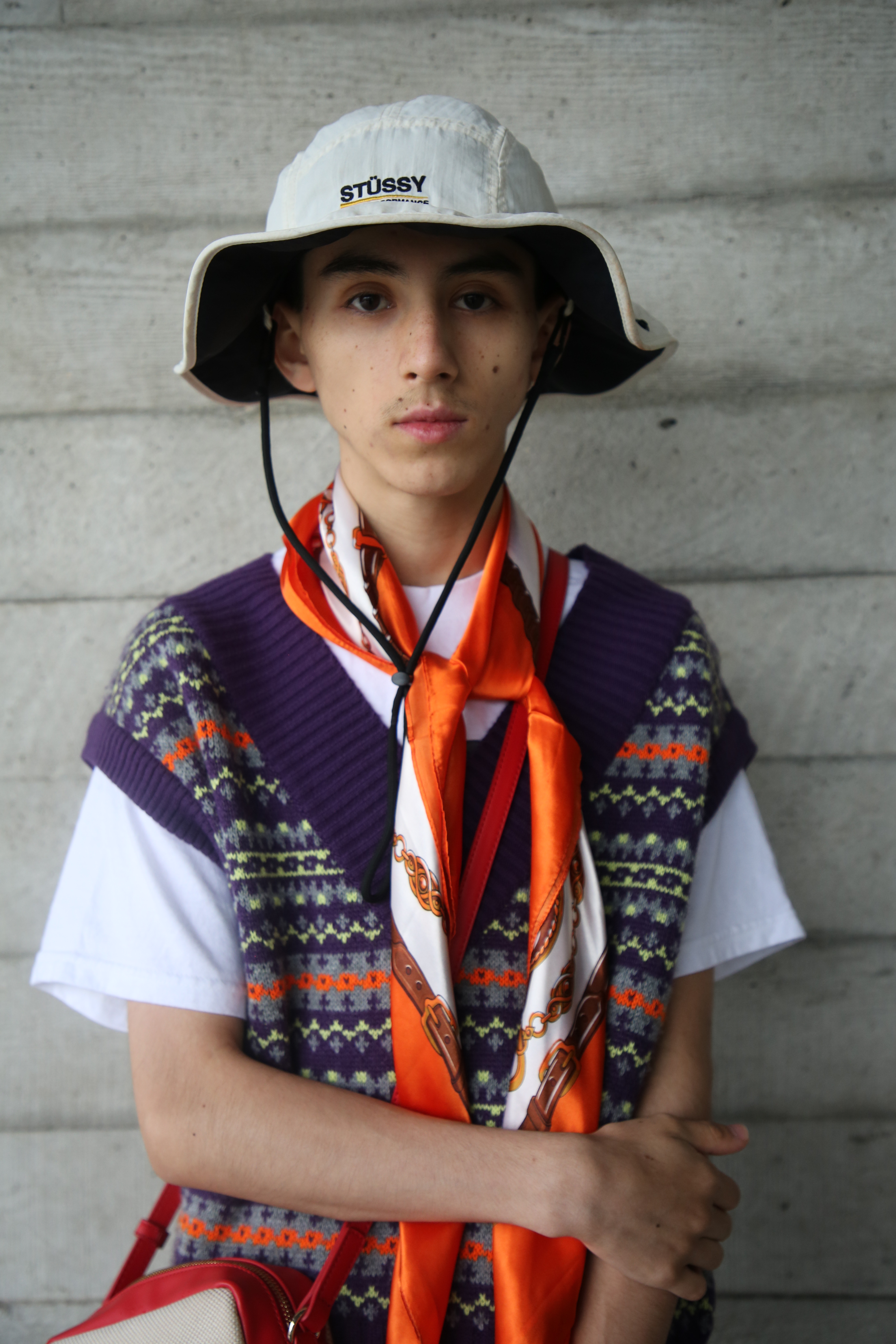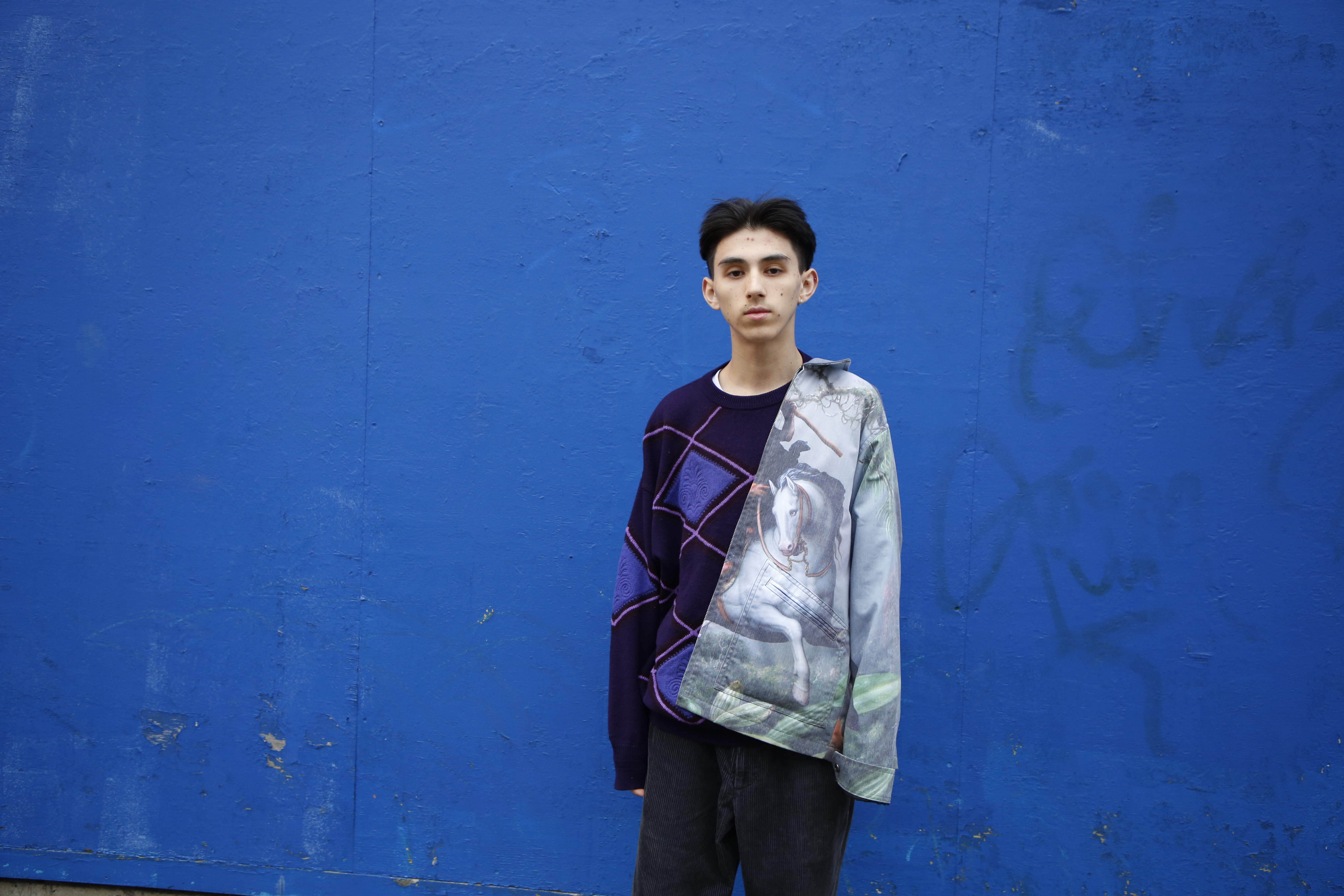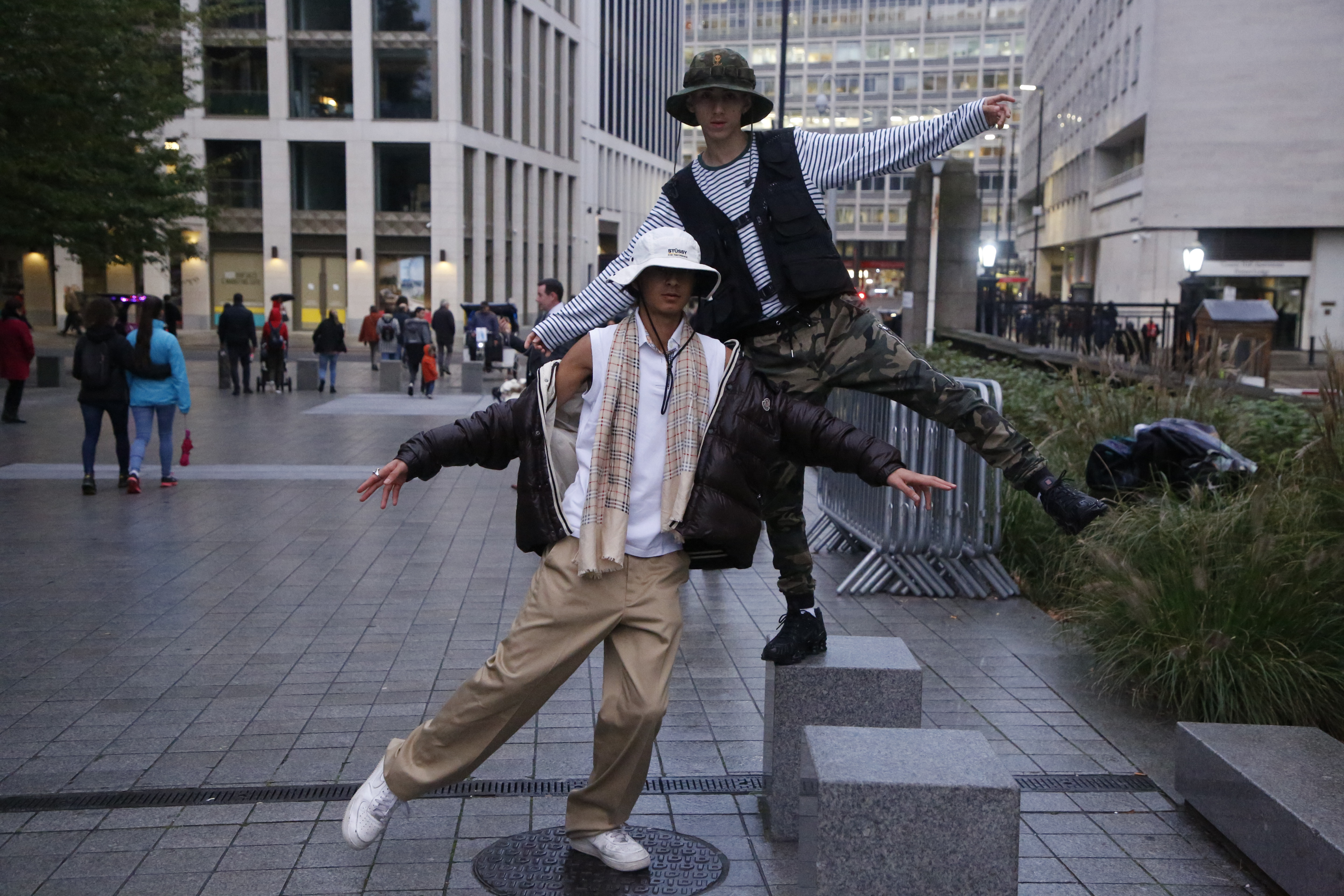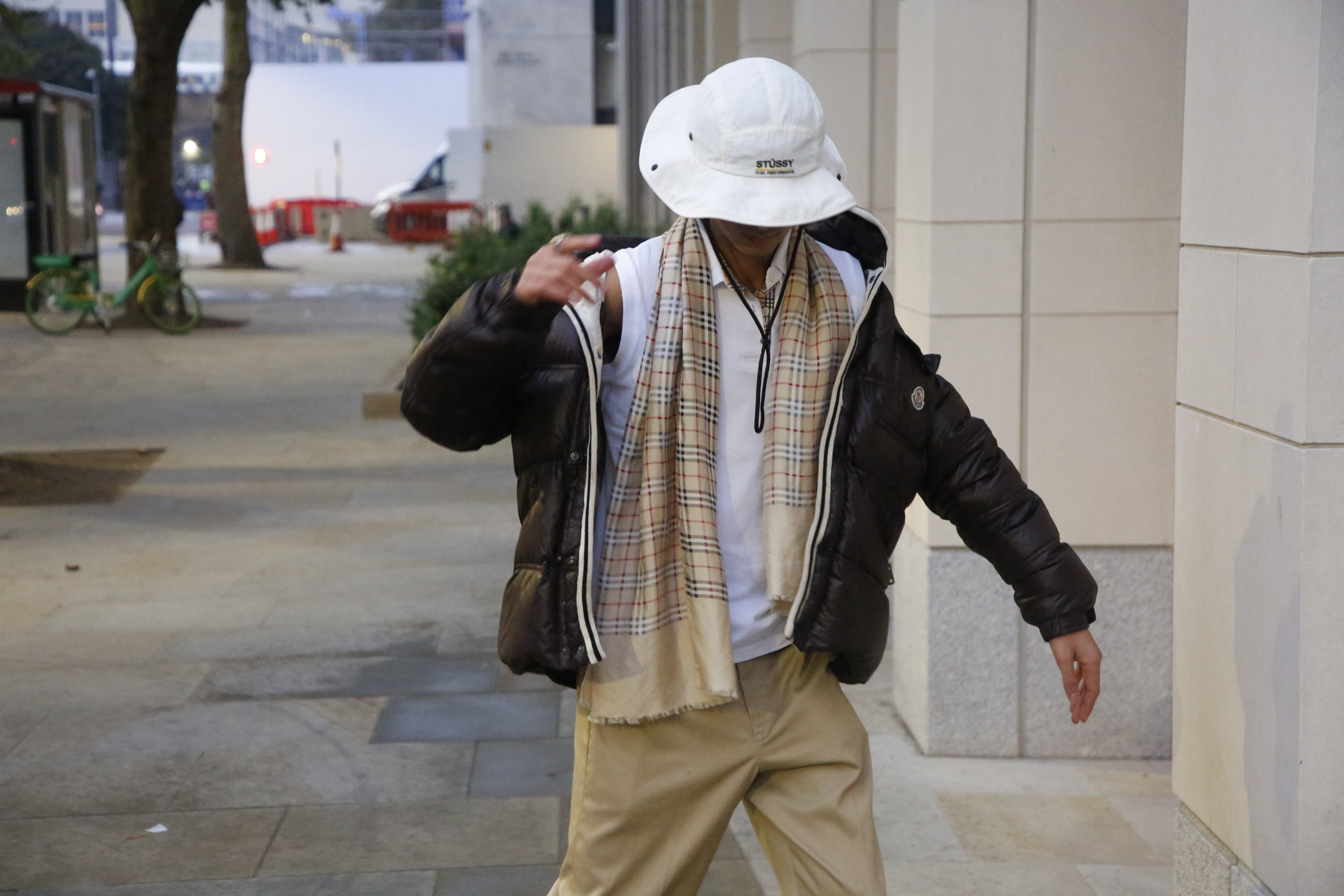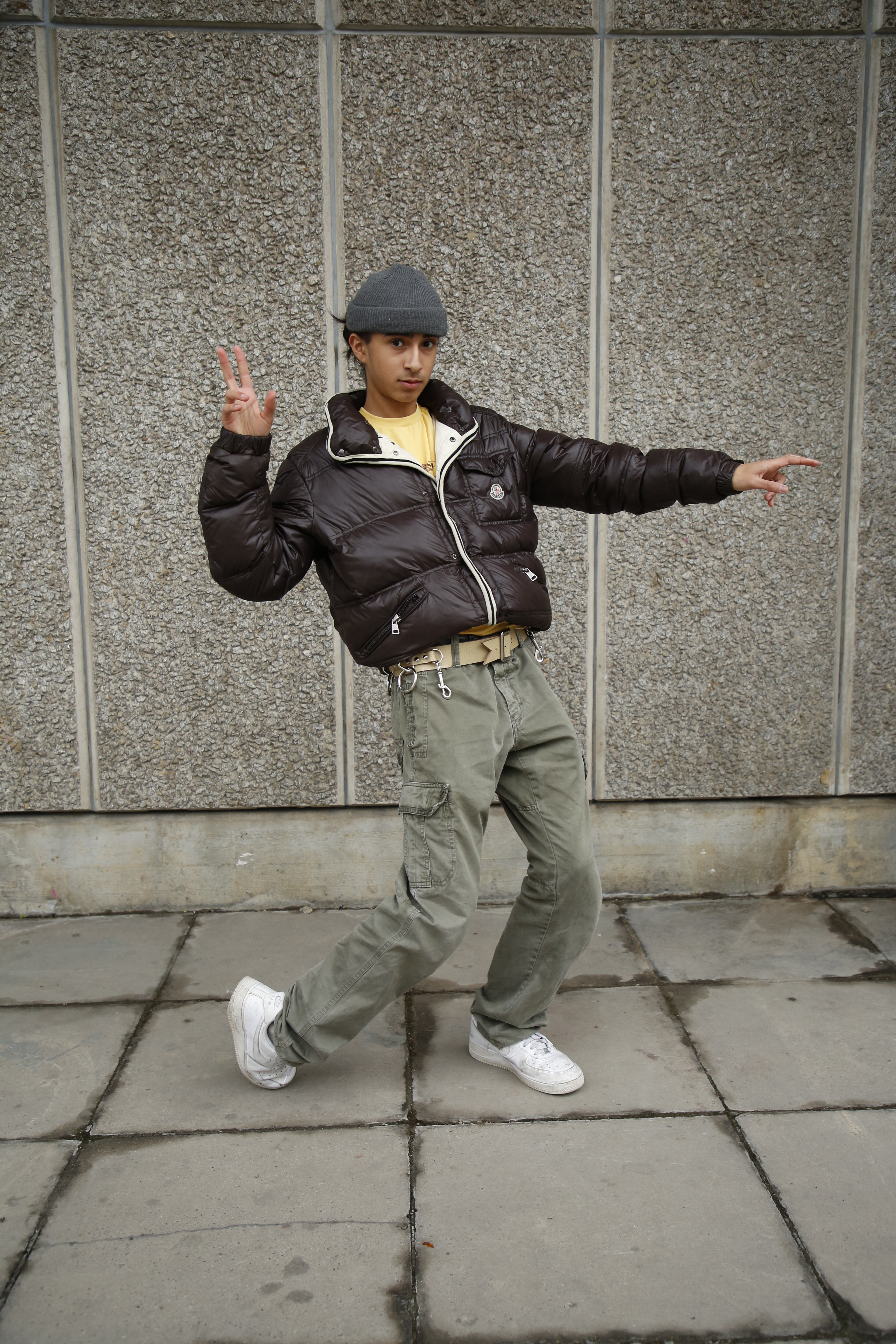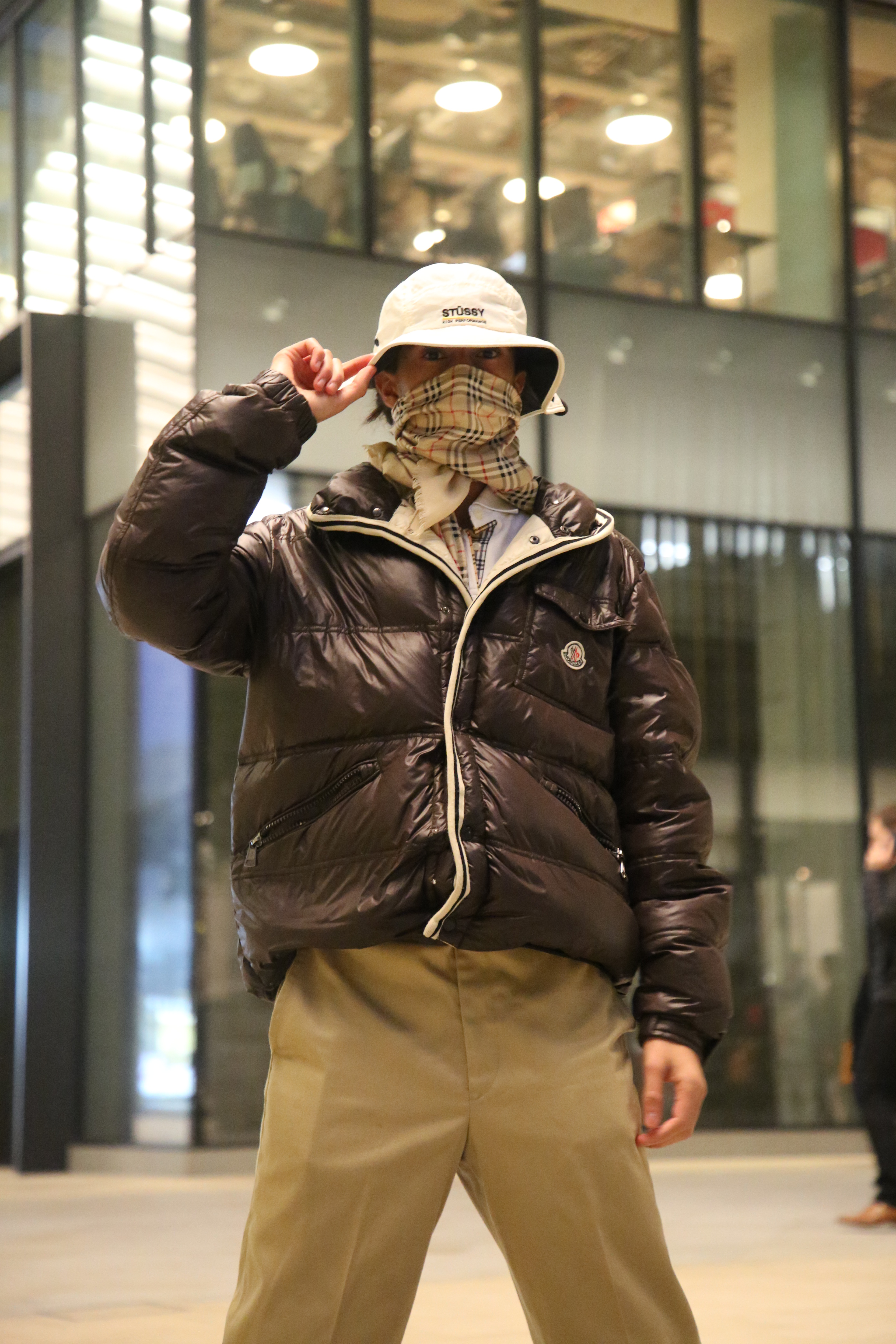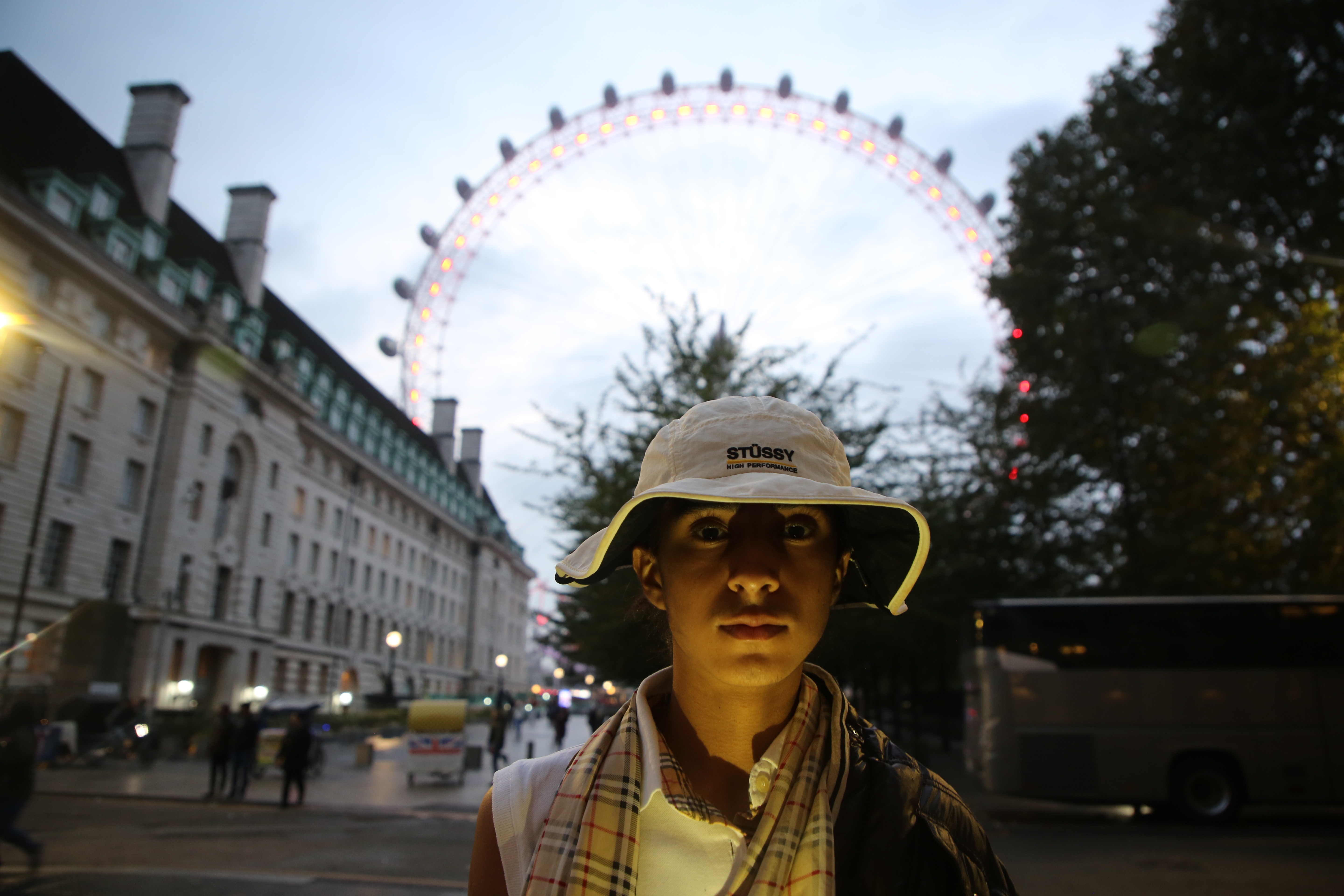Photo – Object: Initial idea
Objects in Time
Objects in Time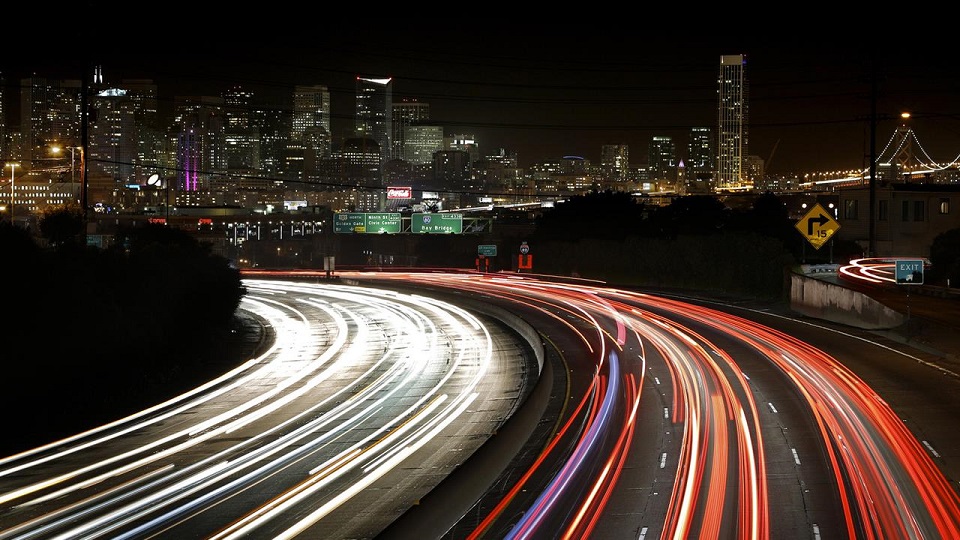
From what I learnt from lectures with Dr Francis is that time never goes away, time will always tick and tock, us humans can create modern looking photography by freezing or speeding up time using Time lapse. Back in the days, artists would take photos or paint foods that are decayed, whereas with our technology and great cameras we can freeze a motion in differnt frames and have one imagine that technically could be a video in a flash.
Time-lapse can compress real-time actions that take place over a long period of time. For example, the construction of a building or the changing seasons.Whatever the subject, time-lapse photography is based on taking a series of photos at regular intervals. You then combine the images into a continuous sequence in the form of a video file. The rate at which we view the individual images in the sequence is much faster than the rate at which they were originally recorded. Most time-lapse sequences are taken with the camera in a fixed position. Sometimes auxiliary gadgets are used to introduce panning or even zooming. And more and more photographers experiment with moving the camera position for each shot in the sequence. This allows the viewer to enjoy a more immersive experience in so-called ‘hyper-lapse’ video.
Photography can ‘catch time’ and kill it, it can photograph in a ‘deathly’ way and let the imagination wander. food cultures can speak of histories and cultural narratives beyond luxury – addressing visibility and invisibility, hidden structures within taste and legibility.

Michael Wesley

German photographer Michael Wesely has spent decades working on techniques for extremely long camera exposures — usually between two to three years. In the mid-1990s, he began using the technique to document urban development over time, capturing years of building projects in single frames. Michael shows us a great example of using shutterspeed, By having a camera on for a year takes skill because he has to know that the settings set for the picture will work out well.
Irving Penn

Irving Penn was one of the twentieth century’s great photographers, known for his arresting images and masterful printmaking. Although he was celebrated as one of Vogue magazine’s top photographers for more than sixty years, Penn was an intensely private man who avoided the limelight and pursued his work with quiet and relentless dedication. At a time when photography was primarily understood as a means of communication, he approached it with an artist’s eye and expanded the creative potential of the medium, both in his professional and personal work.
Still life can claim that which is abundant; that which overflows (a reflection on luxury and wealth). Food in still life ‘today’ always touches upon consumption as a social process. Food in still life as a genre touches other systems of organisation, the wealth of the land and the turning of the seasons. It embraces the ‘stuffness’ of the world
Ai Wei-Wei

Artist, thinker, and activist Ai Weiwei was born in Beijing in 1957 and grew up in difficult circumstances. One of Ai’s most famous pieces, Dropping a Han Dynasty Urn (1995), incorporates what Ai has called a “cultural readymade.” The work captures Ai as he drops a 2,000-year-old ceremonial urn, allowing it to smash to the floor at his feet. Not only did this artifact have considerable value, it also had symbolic and cultural worth. The Han dynasty (206 BCE–220 CE) is considered a defining period in the history of Chinese civilization, and to deliberately break an iconic form from that era is equivalent to tossing away an entire inheritance of cultural meaning about China. With this work, Ai began his ongoing use of antique readymade objects, demonstrating his questioning attitude toward how and by
whom cultural values are created.
Ai shows his timing and photography skills by making sure the urn is caught right in time, in focus and worst of all he only had one shot at this as theres only one traditional urn from this dynasty.
Objects in Time: Workshop
Photo-Object WorkshopsThis workshop taught me how to create time lapse photography. The camera’s shutter speed was set on 1″, iso on a 100 and the aperture on F13. The broncolour flash was set on 4.0 and could go from 10 flashes a second to 50 flashes a second which allowed us to have the flexibility of choosing the time frame. we had a camera attached to a tripod that held up the light that akso holded a timer for the falsh to start. For us to have an effective outcome we needed movement in the shot so we catch the trail of action. walking, jumping, skipping or squatting was our options to start with. To further develop I would have a couple or a single person dacning salsa in a red dress and the guy in a white suit and I think the colours would of been so vibrant and interesting.

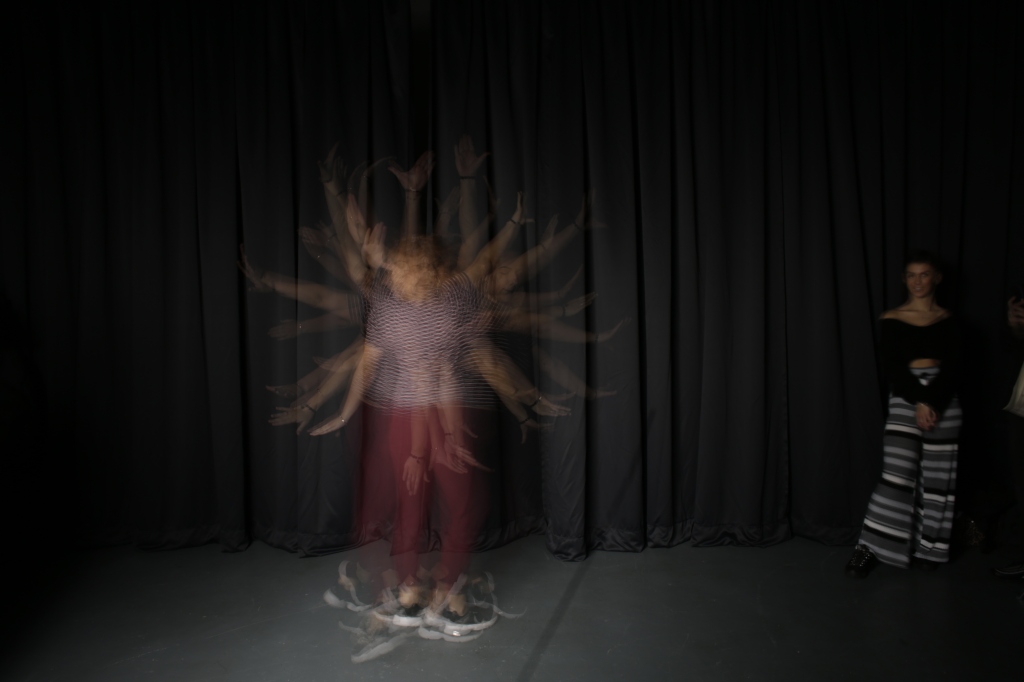
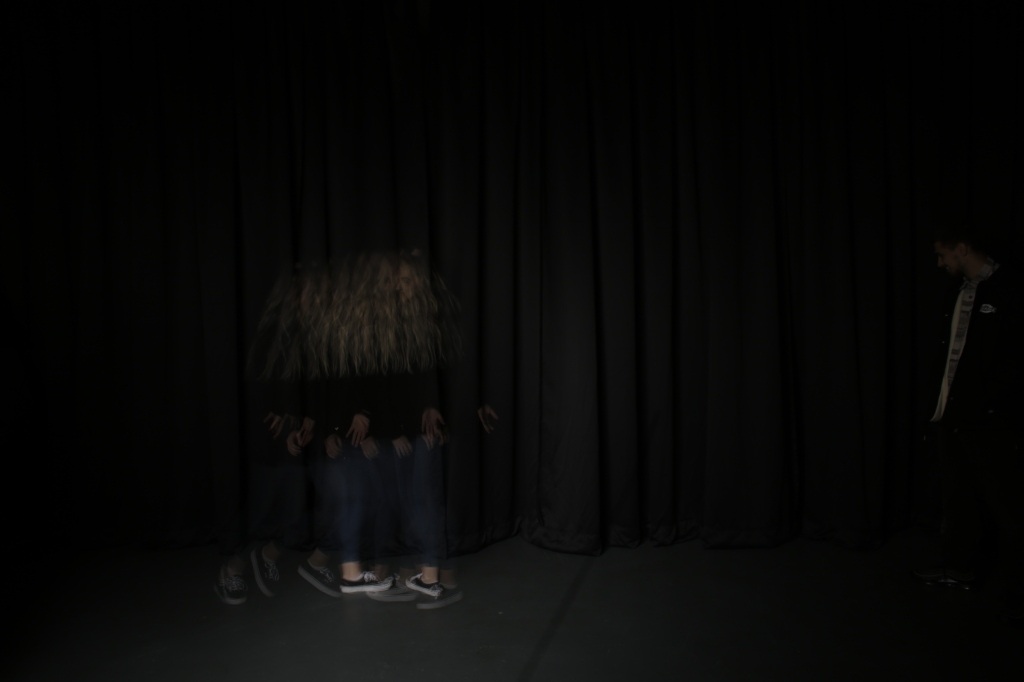


My own example of time Lapse:

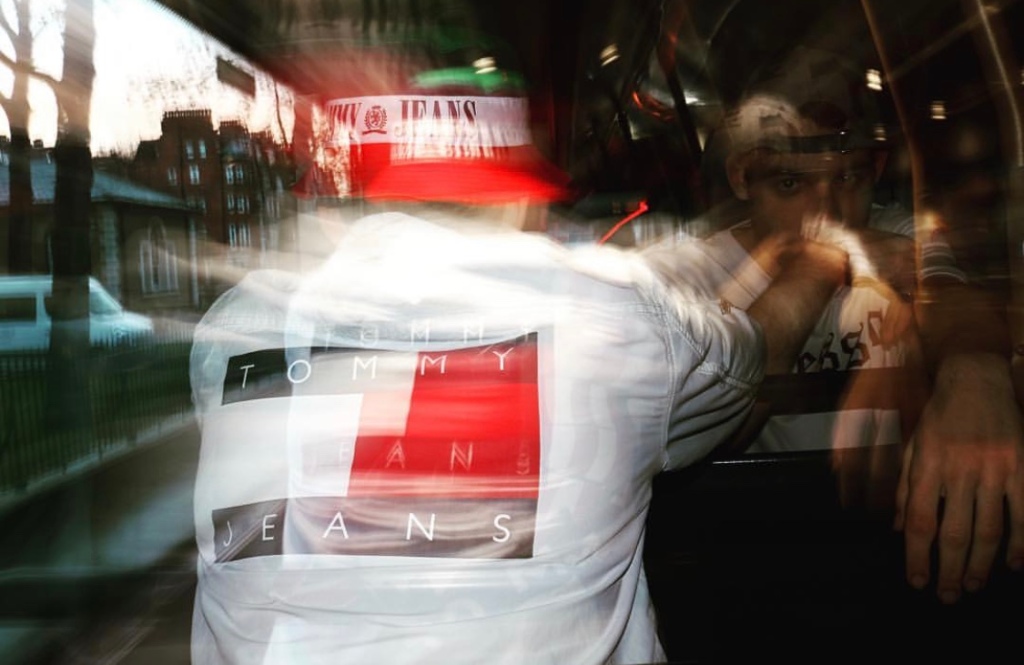
Photography as Object
Photo-Object: Research, Photography as ObjectDo you remember the last time you went out and printed a snapshot? Or filled up a chunky, leather-bound photo album with a set of family portraits? With the immediacy of digital recording and the convenience of smartphones for organising and sharing images, the act of printing physical pictures has become something of an anachronism for anyone but hipsters and art photographers. And this is what i truley learnt from the lecture that Dr Francis took about Photographs being an object within an image. The generation nowadays dont really collect photos in physical albums eventhough that is one of the safest and oldest ways of storing photographs. Now you can have photographs in your phone or cloud albums however they cannot be touched with your hand, and they could easily be deleted or damged online.
INTRODUCTION: Photographs as objects. from PHOTOGRAPHS, OBEJECTS, HISTORIES, Elizabeth Edwards and Janice Elart, editors. Routledge, 2004
“The photograph was very old, the corners were blunted from having been pasted in an album, the sepia print had faded, and the picture just managed to show two children standing together at the end of a little wooden bridge in a glassed-in conservatory, what was called a Winter Garden in those days.“
In this introduction I can explain that the writer is aged, he is talking how a physical photograph is getting old and faded and that is because of how long ago it was taken, that photograph must of been decades old as he even says that the corners were blunted which shows that it was being flipped in the album book quite often. The central rationale of Photographs Objects Histories is that a photograph is a three- dimensional thing, not only a two-dimensional image. As such, photographs exist materially in the world, as chemical deposits on paper, as images mounted on a multitude of different sized, shaped, coloured and decorated cards, as subject to additions to their surface or as drawing their meanings from presentational forms such as frames and albums. Photographs are both images and physical objects that exist in time and space and thus in social and cultural experience.
KENNETH JOSEPHSON:
Kenneth Josephson is recognized as one of the pioneers of conceptual photography. He has explored the concepts of photographic truth and illusion throughout his career, producing a varied oeuvre that utilizes a range of techniques from collage and construction to multiple exposures and single negative photographs. Focusing on what it means to make a picture, Josephson’s work playfully highlights the illusive nature of photography.
His interest in the ways the camera manipulates what we see, how it abstracts space, compresses three dimensions into two, divorces subjects from their context and arrests time and motion—draws attention to the physical act of making a photograph and what that implies. Throughout his body of work, Josephson’s incisive commentary on the curiosities of photography as a descriptive medium and our belief in the image places his work at the vanguard of conceptual photography.


Maurizio Anzeri
Maurizio Anzeri makes his portraits by sewing directly into found vintage photographs. His embroidered patterns garnish the figures like elaborate costumes, but also suggest a psychological aura, as if revealing the person’s thoughts or feelings. The antique appearance of the photographs is often at odds with the sharp lines and silky shimmer of the threads. The combined media gives the effect of a dimension where history and future converge. The image used in Round Midnight is an early 20th century ‘glamour shot’ that at the time would have been considered titillating for both the girl’s nudity and ethnicity. Anzeri’s delicately stitched veil recasts the figure with an uncomfortable modesty, overlaying a past generation’s cross-cultural anxieties with an allusion to our own.
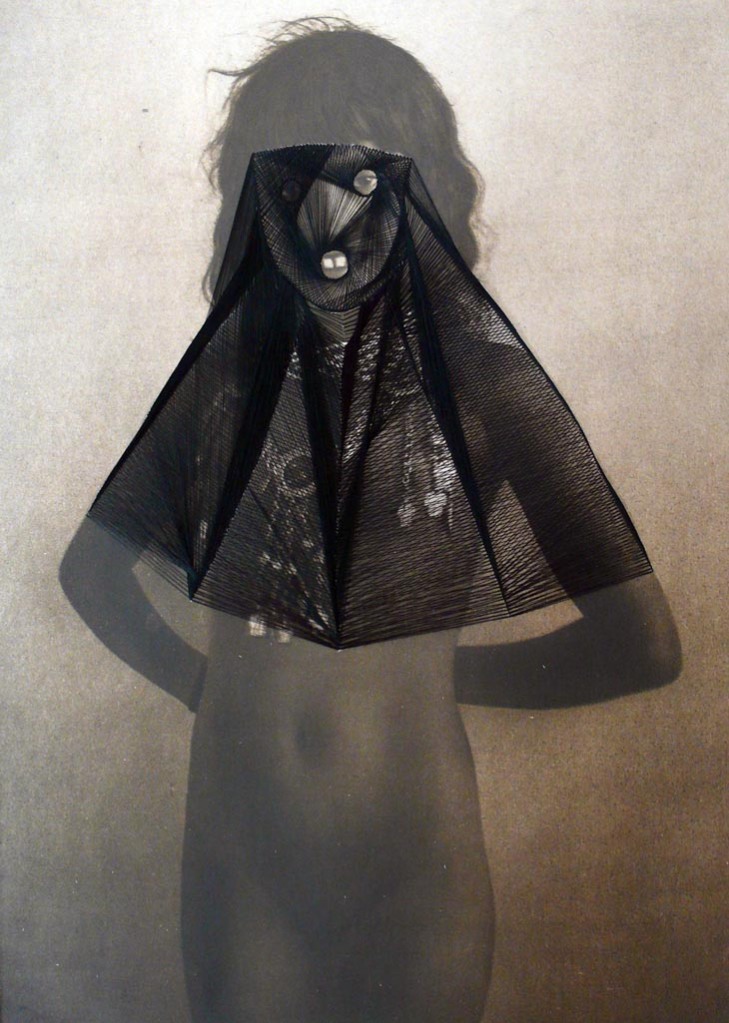
John Stezaker
John Stezaker’s work re-examines the various relationships to the photographic image: as documentation of truth, purveyor of memory, and symbol of modern culture. In his collages, Stezaker appropriates images found in books, magazines, and postcards and uses them as ‘readymades’. Through his elegant juxtapositions, Stezaker adopts the content and contexts of the original images to convey his own witty and poignant meanings.
In his Marriage series, Stezaker focuses on the concept of portraiture, both as art historical genre and public identity. Using publicity shots of classic film stars, Stezaker splices and overlaps famous faces, creating hybrid ‘icons’ that dissociate the familiar to create sensations of the uncanny. Coupling male and female identity into unified characters, Stezaker points to a disjointed harmony, where the irreconciliation of difference both complements and detracts from the whole. In his correlated images, personalities (and our idealisations of them) become ancillary and empty, rendered abject through their magnified flaws and struggle for visual dominance.
In using stylistic images from Hollywood’s golden era, Stezaker both temporally and conceptually engages with his interest in Surrealism. Placed in contemporary context, his portraits retain their aura of glamour, whilst simultaneously operating as exotic ‘artefacts’ of an obsolete culture. Similar to the photos of ‘primitivism’ published in George Bataille’s Documents, Stezaker’s portraits celebrate the grotesque, rendering the romance with modernism equally compelling and perverse.
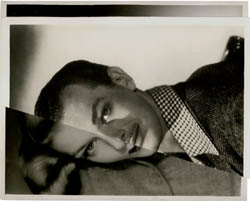

Photography & Materiality: Window or object
In this particular lecture we learnt about how a photograph could be a picture or an ‘imprint’ ( iconic or indexical), We thought about how is a picture ‘constructed’- the snap-shot, the tableau or the montage.
We looked at the Western picture, the window through we are looking through. It is the depiction( or authoring) of a view/ the historical construction of seeing in a particulaer mode.

Dating back to the late sixties and early seventies, these rarely exhibited works chart Mapplethorpe’s experimental approach to subjects and mediums, demonstrating how the sensibilities shaped during this time would continue to inform his creative practice. These first gems of his artistic path undeniably present a sculptural quality and can be read like visual poems. For him, photography was a means to an end in a search for original self-expression. His utilitarian use of the medium resulted in a revolution for art photography. During Mapplethorpe’s lifetime, photography wasn’t a respected means of art making as it is today. He was able to bring photography into major museums during the course of his career, most notably one of his final shows at the Whitney Museum of American Art in 1989, and many museums posthumously.
Ken Jacibs, Windows, 1964
The picture as window can be understood more ‘photographically’ as the picture as de- limited frame. The moving camera shapes the screen image with great purposefulness, using the frame of a window as fulcrum upon which to wheel about the exterior scene. The zoom lens rips, pulling depth planes apart and slapping them together, contracting and expanding in concurrence with camera movements to impart a terrific apparent-motion to the complex of the object-forms pictured on the horizontal-vertical screen, its axis steadied by the audience’s sense of gravity. The camera’s movements in being transferred to objects tend also to be greatly magnified (instead of the camera the adjacent building turns).

Object and Body: Conclusion and My Final Response
Objects & Bodies, Photo - Object: Initial ideaHere I present my finaly four outcomes to this project, they relate to the Object and body section. I used my photoshop skills to enhance these photos. Using the cloning, patching and selection tools I managed to successfully get rid of my models heads effectively. After performing the photoshoot, the first thing I done was duplicating the layer of the imagine so that any improvements and adjustments were not on the original photo. I zoomed into the photograph real close and started to select the head till the top of the torso. After I selected the cloning tool and made selections to the background after which I layered on top of the head. At that time, everything went messy, there was body elements sticking around and there was quite a bit of smudged pixels on the photo. Then I had to really zoom in even more closely and carefully I started to get rid of the unwanted flesh. After getting rid of the head I made adjustments with the brightness, contrasts, light levels and by using the colour balance dial I could make the skin tone of my models more realistic, otherwise my models would look more orange. Lastly using the liquify tool I tucked in the clothes, I poked the logos to make them bigger (they stand out way more now) and used the lighten tool to enhance the white shades to be more vibrant.
I choosen their outfits perfectly so that they contrast by colour, style and pattern. One is more elegant and luxury while the other is more urban and street. Being influenced By Flora Borsi, allowed me to look at a photograph differntly and actualy question it, Should I do heavy re touching?, would it be tacky? and I thought that it is going to be a challenge but atleast I will know that I given my best to it.
I have traveled to soutbank, that was the most convinient place for us three to travel to. As soon as we met I explained to them that I will be scouting for simple backgrounds and keeping it steady as I didnt want the day to go anf for the sky to turn dark. I needed natural lighting as I was not shooting in a studio.

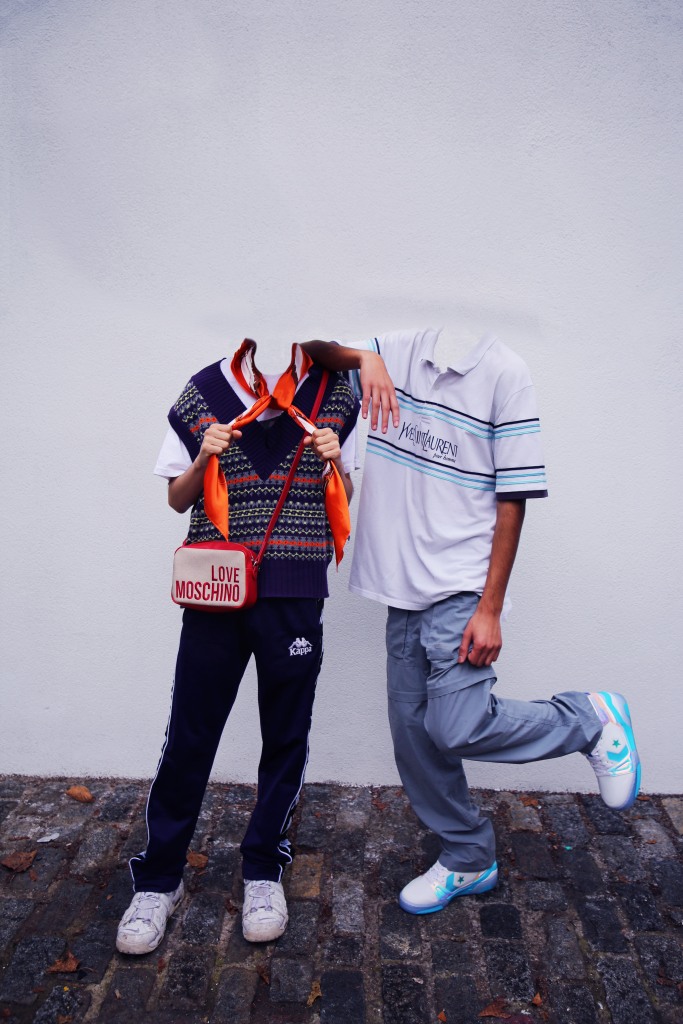

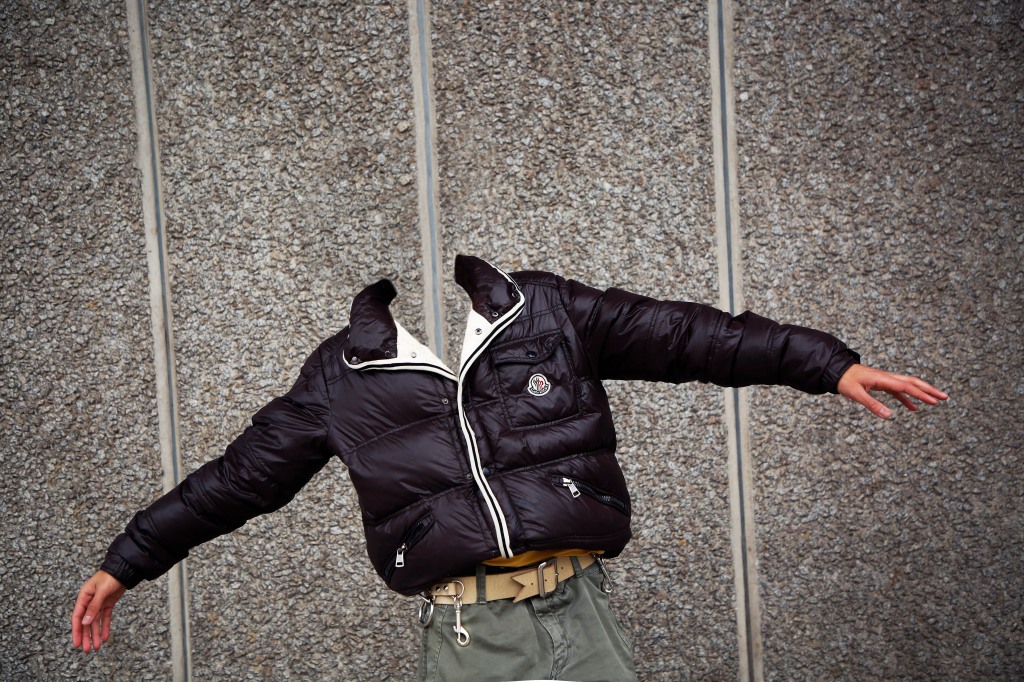
To conclude I do really like the relation and connection all my outcomes have together. I had a lot of photos( around 800) and I had to come to the top three and select them. I did do self critiscm and managed to allow myself some time to look at each photograph I selected to check in detail for any blury shots, any wrong postions, or for the right lighting. When I decided onto my top three, I needed another photo to go with the series. I had to have two photos of both model and then one of each.
Objects and Bodies in Photography
Objects & Bodies, Photo-Object: ResearchThe subject: the human agent, that which acts, that which imposes form onto matter. Landscape photography cuts space to make a view. We humans make objects come to life.
The object: a passive creation, a thing which is made, encountered, possessed. Things that modify us, for example “We are what we eat”.
Representations of the human body have become a central part of photographic practice and consequent critical discussion since the 1980s. Furthermore, the things we have in our homes represent who we are. They define us, even what we wear or what we buy. We have a choice to buy certain things such as an old statue or figure which shows we like the histrory of that object.
Elizabeth Grosz, from the chapter ‘The Thing’:
“The thing is what we make of the world rather than simply what we find in the world… The thing is an outlined imposition we make on specific regions of the world so that these regions become comprehensible and facilitate our purposes and projects…”
“The thing is the compromise between the world as it is in its teeming and interminable multiplicity … and the world as we need it to be or would like it to be: open, amenable to intention and purpose, flexible, pliable, manipulable, passive”
– from Architecture from the Outside: Essays on Virtual and Real Space, MIT 2001, reprinted in The Object Reader
She talks about how the world is opened to us, its meaningful and there is purpose in this world. The world is a thing we can use to develop. The thing is different to a subject or an object. She talks about the compromise between what the world is, the rocks and all the water and the world that we need it to be. Subjects turn the immeasureable continuity of the world into things (that can be held, used, lived in) or subjects turn the immeasureable continuity of the world into things (that can be held, used, lived in).
A subject (wearing clearly defined objects)
contemplates a spreading ill-defined thing…
Eli Lotar, Abattoirs de la Villette, 1929
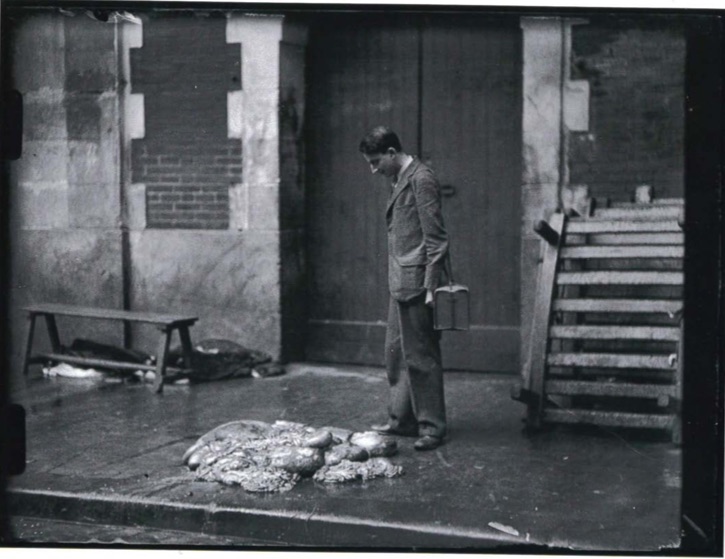
Hes wearing a suit, a bag, shoes and there is an object on the floor that looks troubling, it looks confusing, looks fleshy and it doesnt really have a representation.
Viviane Sassen:

The subject and object are being played with.
In conclusion Objects and subjects vary and are differnt from one another, Objects now can be turned into subjects such as bodies and subjects into objects such as a tree. Before when photography was not developed so much, people wanted a remenissence of a loved one as memory to hold onto so when passed they always have a piece of them to remember by. Nowadays it’s mainly used in the advertising scene of luxury Brands such as Prada, Dior, or MIchael Kors and many more to promote their items such as accessories like handbags or clothes such as jackets.
Flora Borsi’s: Artist Inspiration
Objects & Bodies, Photo-Object: ResearchI chose Flora Borsi, a hungarian photographer, her work explodes with feathers, fur, mysterious clouds of smoke, and rich color. Fanciful themes, gorgeous people, and incredible situations characterize her photography and Photoshop art. “My favorite thing about photo manipulation is that I can create things that don’t exist…that physically are impossible,” she says, this just shows her creativity and how much dedication she has to create photographs like this.
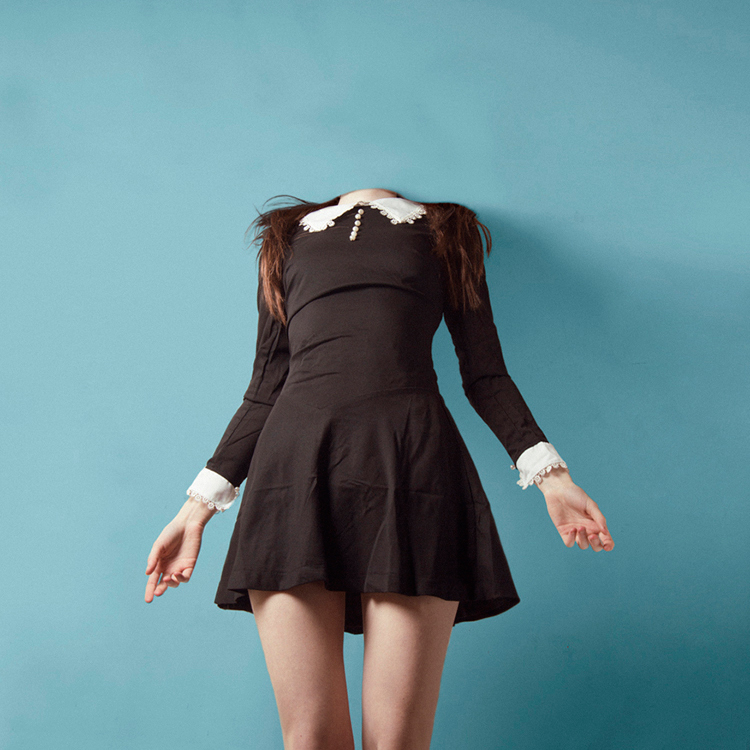
In the photograph above you can see the relation to my work with the objects & bodies theme. Flora wants to fake reality, photography is the perfect medium for her to express her feelings and create visions. In my opinion she wanted to show her audience that the model is not the most important subject but the clothes are. The photograph explores questions of female representation and the relationship between body and self.
In her series “The Real Life Models”, Borsi imagines what the models of seminal works of art may have looked like, and depicts them next to the original works. The model for a Picasso portrait has the distorted head and enormous eyes of the painting depicting her. The model for a Modigliani work has the exaggerated long neck that was a hallmark of Modigliani’s women but still looks like a lovely, actual woman one might see on the street. Without a doubt, technology is a driver of these ideas and the flame that lights Borsi’s imagination. “I can fake the reality, create art without limit. Even if something would be impossible in nature and real life, it’s a perfect tool to make an image look like it was real, without question. I don’t need to make a stage for the photographs, like the famous photographers in history.”
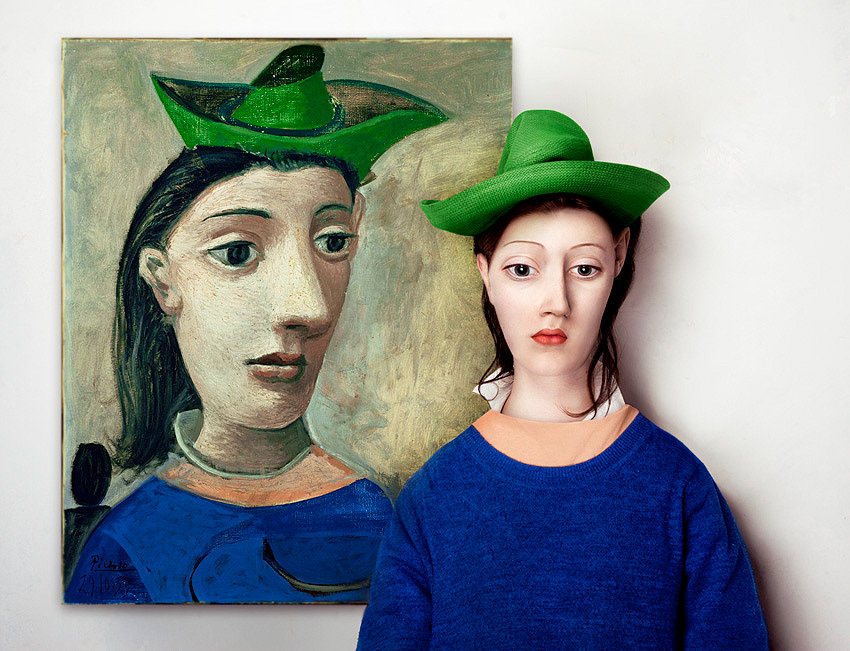
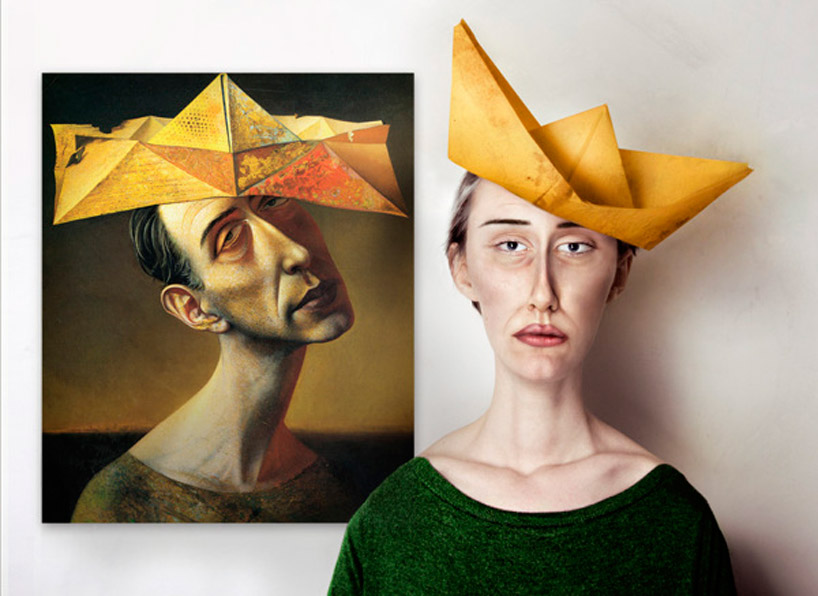
With her influnce of post production, I sat down and watched videos on youtube about editing and cutting heads out of the picture and how to do it so the photograph doesnt look too tacky.
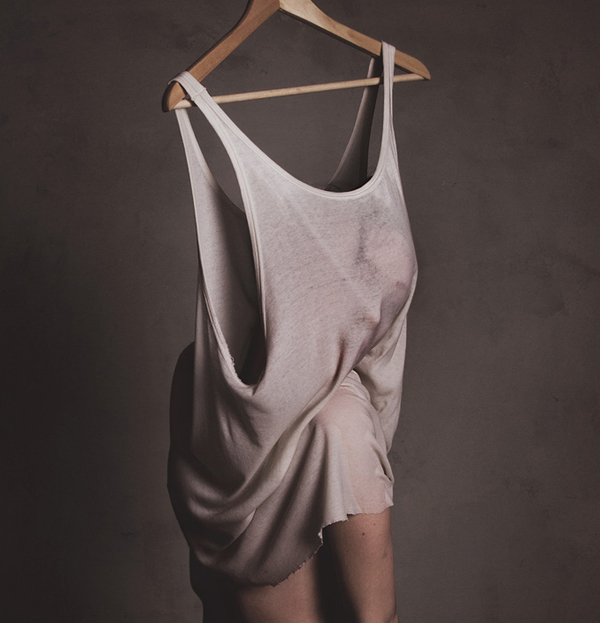
Even in this photograph above, she shows us a photo that is explicitly not realistic however looks like it could be because of the human figure that we cannot really see but we know underneath this beaten vest there is a human being. There is not much major retouching made as the person is simply hiding within the vest top. It does look and seem surreal, it gives me a spooky vibe aslo, just like having goosebumps in a way. The background seems to match the colour palett which in my opinion is earthy and in a way dirty and rough. I will take some inspiration from Flora but in my own style, Ill most likely go out and doa photoshoot on the street with high-end/street fashion garments.
Still life Photographers
Photo-Object: Research, Still Life and AdvertisingAndrew Vernon
Fine art landscape photographer Andrew Vernon is the man behind this striking image titled The Wave. A master of composition, Vernon gives the blood red liquid in this image a life of its own as it lines and overflows the wall of the glass.

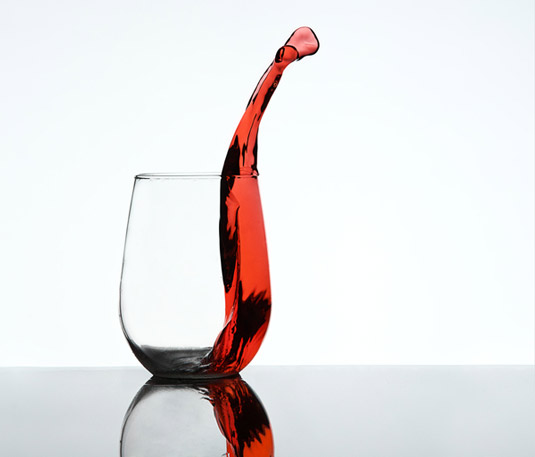
Lafugue Logos
With a passion for still life, photographing flowers in particular, the talented artist’s portfolio is full of serene, dream-like images such as this.
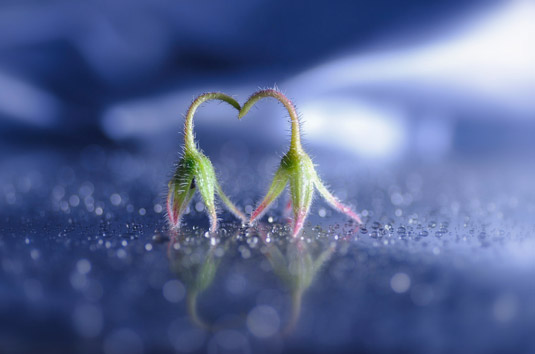
Niko Vass
He’s all about simplicity, allowing his compositions, lighting and colours do the talking.
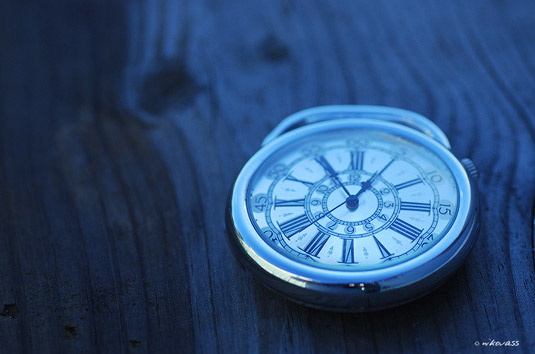
Henry Hargreaves
Talented photographer Henry Hargreaves is well known for his weird and wonderful compositions. Specialising in still life photography, Hargreaves continually raises the bar with his work and this Smoke and Lilies series is no exception. The idea is simply what the title suggests; gorgeous, paint-dripping lilies surrounded by smoke on a black background.
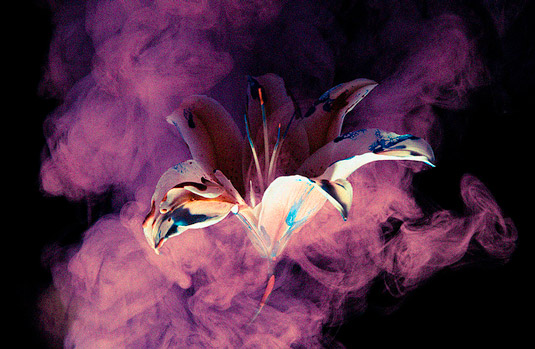
Magda Indigo
Magda Indigo has been a professional photographer for over 25 years. In that time, she’s worked with clients including Harper Collins, Microsoft, Samsung, Hallmark, and American Express. She’s also a Getty Images artist. Indigo is recognised mainly for her extraordinary flower, people, and food photography, with these beautiful Enoki mushrooms being a perfect example of the latter.
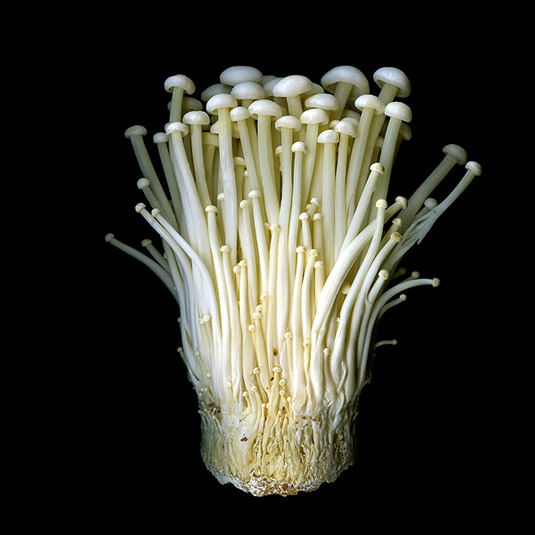
DSLR,Hasselblad&LargeFormat
Photo-Object WorkshopsUsing a big camera stand (tripod) we created amazing shots using the Hasselblad camera. We mainly took portraits througout the day using objects such as a traveling bag. The background we chose was black and fo rsome shots we used white which was focused on simple advertising techniques to make the subject not too busy. I was really impressed with these photos, they look crispy, in full detail, the colours are vibrant and the light is soft as we used the bron color lighting equipment. This photoshoot taught me to use the lighting correctly to not distort anything with the quality of the photograph. Having the wrong settings coul dof made my model not visible in the first photo or have the white background cloudy and not perfectly white.
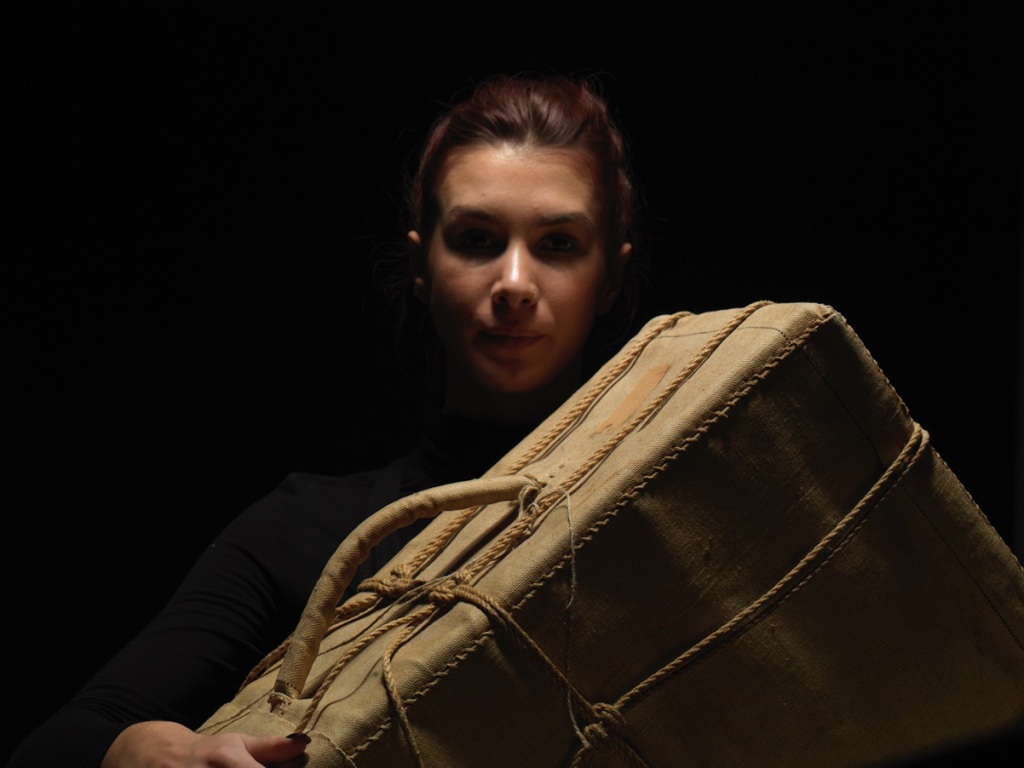
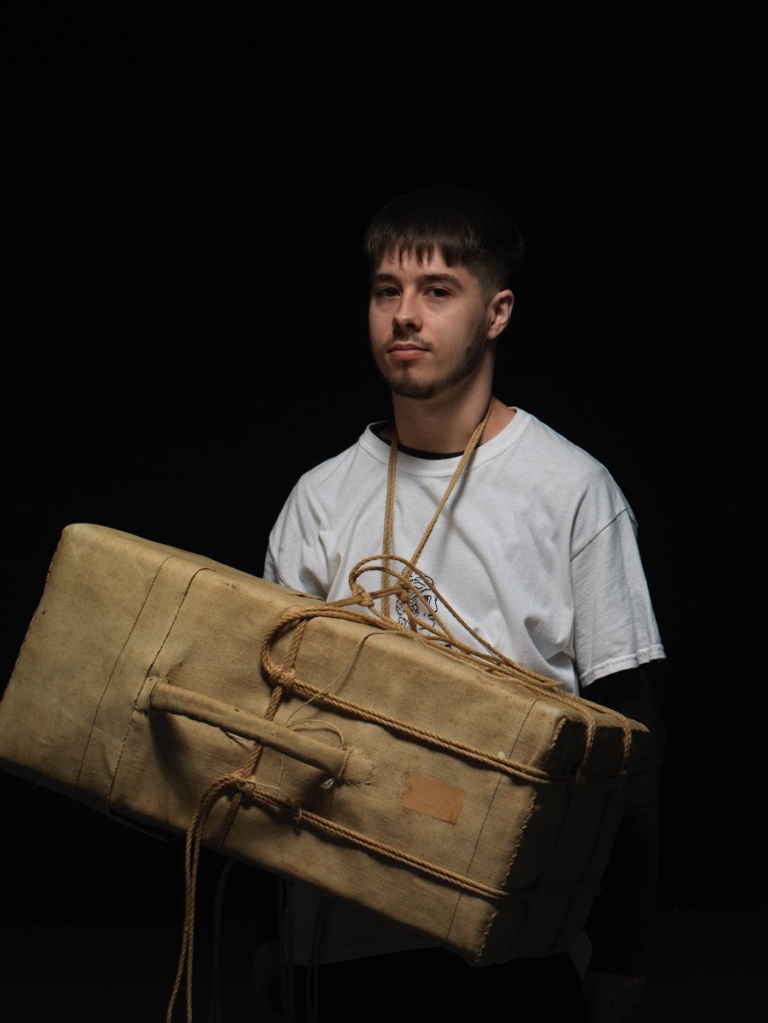


This is the set up we used in this workshop
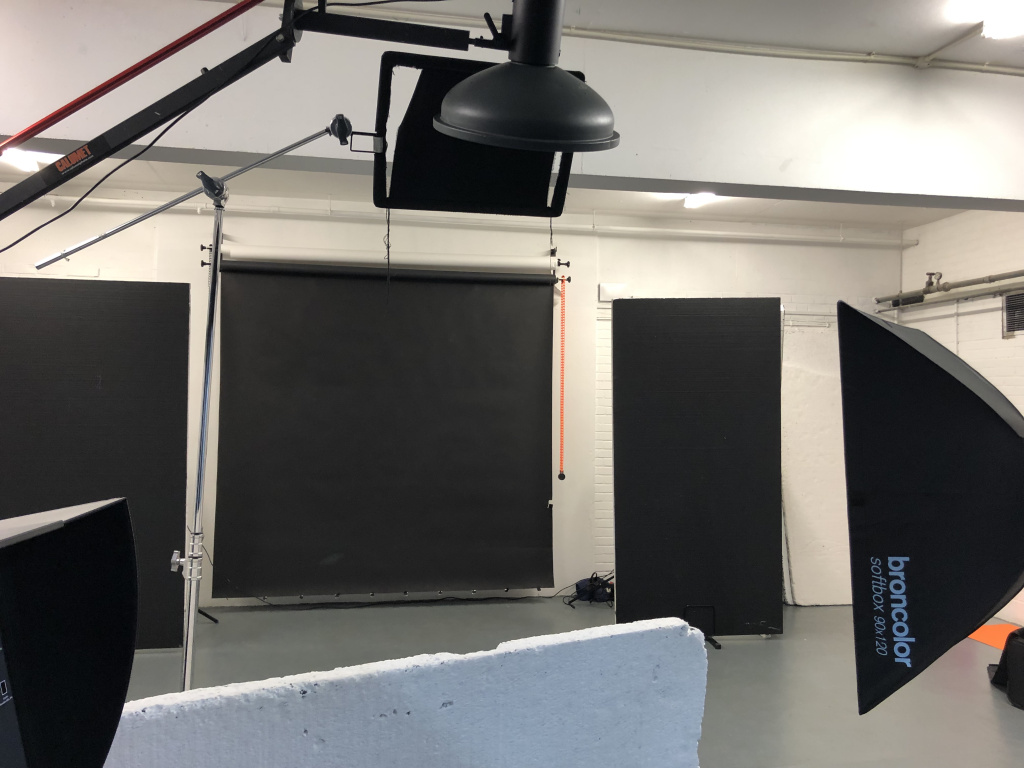
Still life: Response
Still Life and Advertising